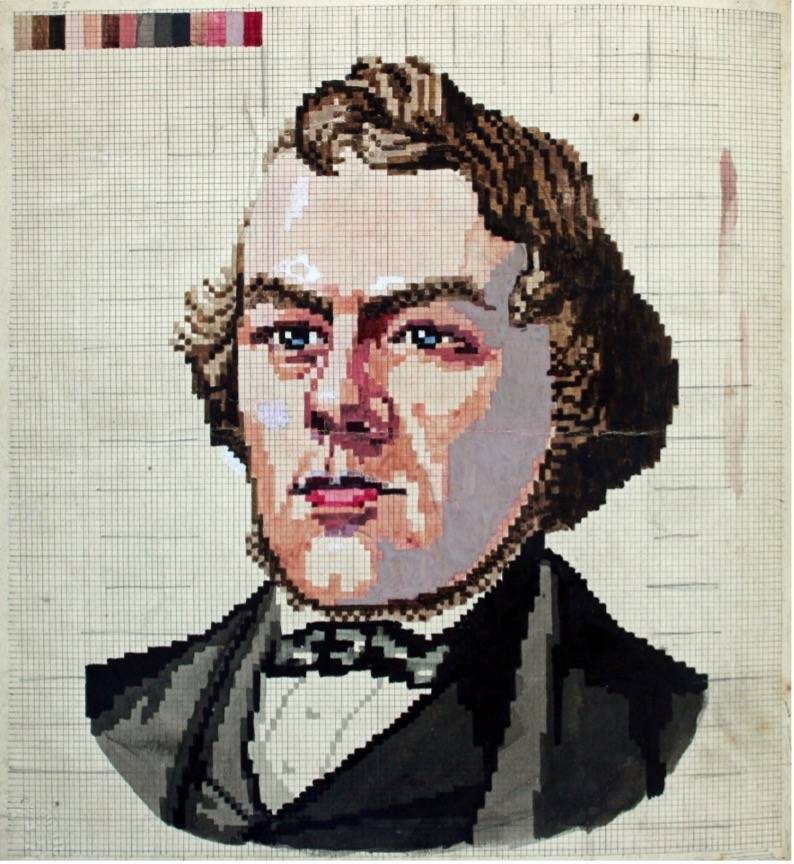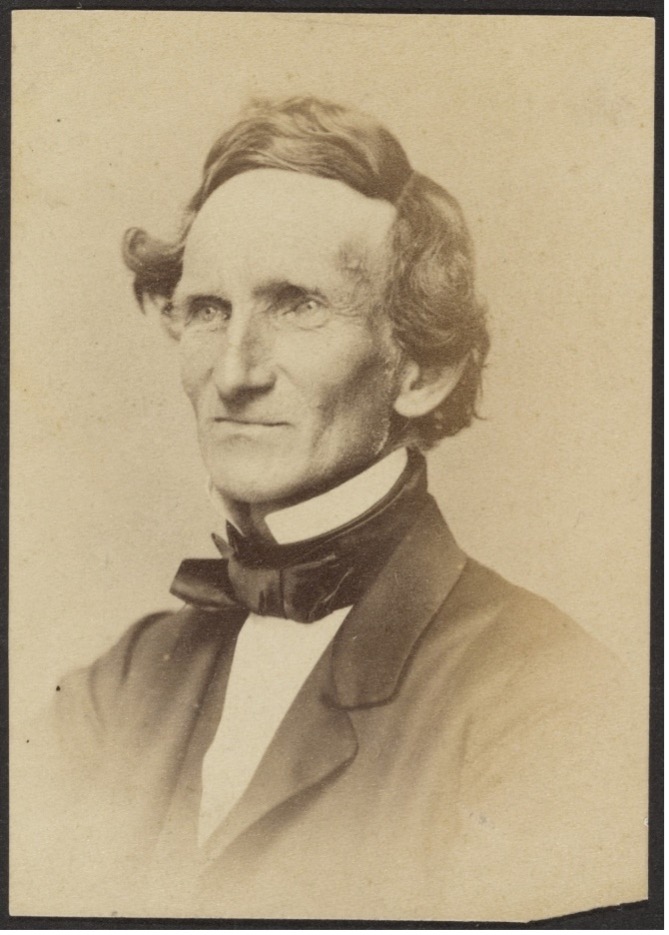Liverpool and the American Civil War
Panel 8
The Old Hebrew Congregation was formed around 1780. By 1806, the congregation had acquired the synagogue in Seel Street on land received as a gift from the Liverpool municipality, and a synagogue was erected in 1807-8. Around 1836, a split developed in the congregation, which led to the establishment of the breakaway Liverpool New Hebrew Congregation in 1842. Although the 1753 Jewish Naturalization Act allowed British Jews to become naturalised, prejudice against the Jewish community continued throughout the 19th century. In Liverpool, support for Jewish emancipation in Parliament was high in 1830 when MP for Liverpool William Huskinson presented a supporting petition signed by 2,000 merchants and others of Liverpool. Charles Mozley had his detractors, but he was appointed Mayor in Liverpool in 1863 with the support of many in AS. St George’s Church in Derby Square was abandoned by the Liverpool Corporation who traditionally worshiped there when an anti-Semitic sermon was preached in response to Mozley’s appointment.
The American Civil War lasted from 1861-5 and led to the end of slavery in the United States. Friction had existed between the southern and northern states over slavery as the North modernised with free labour and the southern states invested in slavery. Disunity occurred with the election of Abraham Lincoln, a republican elected on an antislavery platform, and initially seven southern states who were heavily dependent on cotton, seceded the Union. Before Lincoln took office in 1861 a confederate government was established with Jefferson Davis as the confederate President of the South. The confederate government, deemed illegal by the union, had support from Liverpool in both expatriates such as Charles Kuhn Prioleau at number 19 and cotton merchants from AS who feared a rise in cotton prices once slavery was abolished.

Fig 8.1 Charles Mozley (Liverpool Central Library and Archives)

Fig 8.2 Jefferson Davis (Getty Museum Collection)
Link: Lowcountry Digital History Initiative: Liverpool and the American Civil War
https://ldhi.library.cofc.edu/exhibits/show/liverpools-abercromby-square/britain-and-us-civil-war
References
Deane Road Cemetery: Liverpool’s Oldest Jewish Burial Ground. Matt-houghton.squarespace. https://matt-houghton.squarespace.com/charles-mozley
Finestein, I. (1959). Anglo-Jewish Opinion During the Struggle for Emancipation (1828—1858). Transactions (Jewish Historical Society of England), 20, 113–143.
Liverpool’s Abercromby Square and the Confederacy During the U.S. Civil War: Abercromby Square after the U.S. Civil War. Lowcountry Digital History Initiative. https://ldhi.library.cofc.edu/exhibits/show/liverpools-abercromby-square/after-civil-war
St Georges Church Liverpool, 1828. National Museums Liverpool. https://www.liverpoolmuseums.org.uk/artifact/st-georges-church-liverpool-1828
The History of the Liverpool Jewish Community. Jewish Communities and Records.https://www.jewishgen.org/jcr-uk/Community/Liverpool/articles/Liverpool_History_1877.htm